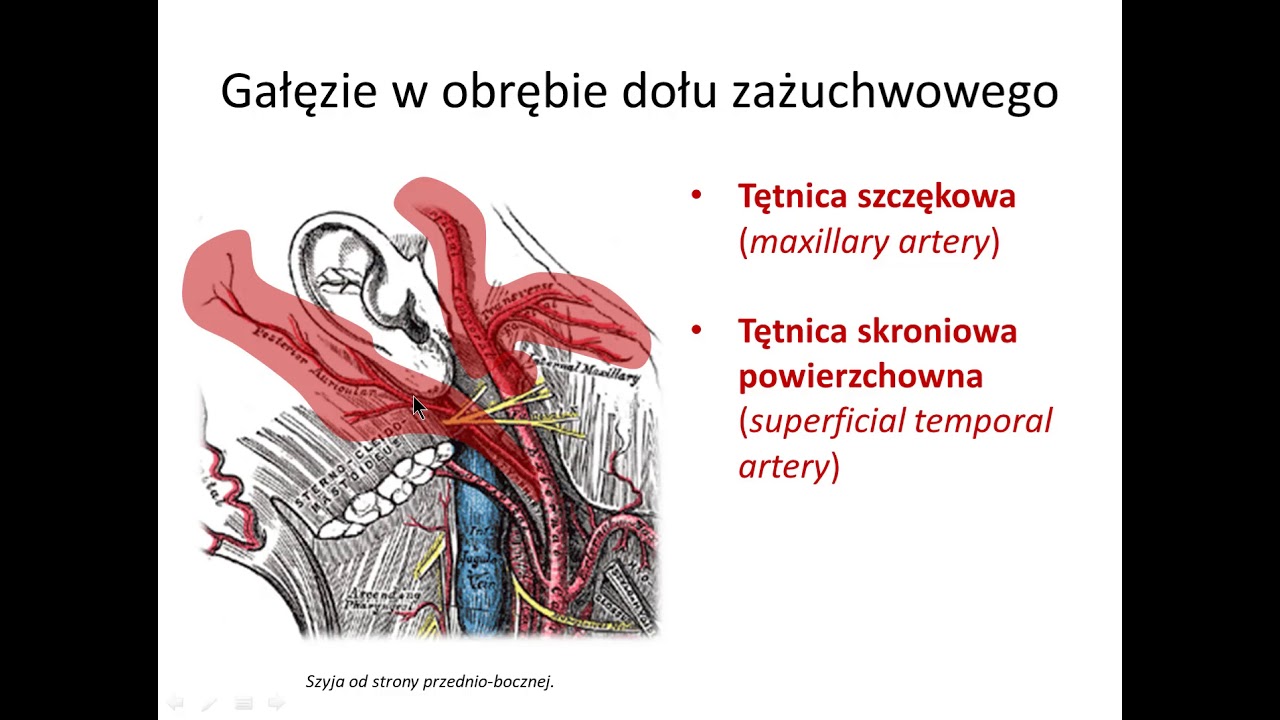Hey there! Today, we're diving into a medical topic: Niedrożność Zastawki Komorowo-Otrzewnowej. It sounds complicated, but we'll break it down piece by piece. Think of it like understanding how a water slide works, but for the human body.
What is a Zastawka Komorowo-Otrzewnowa?
First, let's understand what a zastawka komorowo-otrzewnowa actually is. In English, we call it a ventriculoperitoneal shunt, or VP shunt for short. It's a medical device that helps drain excess fluid from the brain. Imagine a tiny pipe or tube implanted in the brain to help redirect fluid.
Think of your brain as a complex computer. It's surrounded by a special fluid called płyn mózgowo-rdzeniowy (cerebrospinal fluid, or CSF). This fluid cushions the brain and spinal cord, removes waste, and provides nutrients. It's like the cooling system of your computer, preventing it from overheating.
Sometimes, the brain produces too much CSF, or the fluid can't drain properly. This leads to a condition called wodogłowie (hydrocephalus). Hydrocephalus means "water on the brain". It can put pressure on the brain, causing various problems.
That's where the VP shunt comes in. It's a long, thin tube that's surgically implanted. One end goes into a ventricle (a fluid-filled space) in the brain. The other end goes into the otrzewna (peritoneal cavity) in the abdomen. The peritoneal cavity is the space surrounding your abdominal organs, like your stomach and intestines. This space can absorb the excess CSF.
So, the VP shunt acts like a bypass. It creates a new path for the CSF to drain, relieving pressure on the brain. It is like creating a small water drain to balance the liquid pressure in an aquarium.
What is Niedrożność?
Now, let’s talk about niedrożność. This Polish word translates to "obstruction" or "blockage" in English. So, niedrożność zastawki komorowo-otrzewnowej means that the VP shunt has become blocked or isn't working properly.
Imagine our water slide again. If someone puts a big rock in the middle of the slide, the water can't flow through. That's similar to what happens when a VP shunt gets blocked. The CSF can't drain, and pressure starts to build up in the brain.
Objawy: Symptoms of Blockage
What happens when a VP shunt becomes blocked? What are the objawy (symptoms)? The symptoms can vary depending on age and the severity of the blockage.
In infants, symptoms might include:
- An unusually large head or a rapid increase in head size.
- A bulging fontanel (the soft spot on a baby's head).
- Excessive sleepiness or irritability.
- Poor feeding.
- Vomiting.
- Eyes that appear to be looking downward (sometimes called "sunsetting eyes").
Think about it. If the brain is under pressure, it can affect everything, from appetite to sleep. The bulging fontanel is a visible sign that there's too much fluid inside the skull.
In older children and adults, symptoms can be different:
- Headaches. These are often severe and persistent.
- Nausea and vomiting.
- Vision problems, such as blurred vision or double vision.
- Difficulty walking or balancing.
- Lethargy or fatigue.
- Irritability or changes in personality.
- Difficulty concentrating or learning.
- Seizures (in some cases).
Headaches are a common symptom because the increased pressure irritates the brain. Vision problems can occur because the pressure affects the nerves that control eye movement and vision. Difficulty walking and balancing can happen if the pressure affects the parts of the brain that control motor skills.
Imagine wearing a hat that's too tight. It can give you a headache and make you feel uncomfortable. That's similar to what a blocked VP shunt feels like, but on a much more serious scale.
Why Does Niedrożność Happen?
There are several reasons why a VP shunt might become blocked. One common cause is zatkanie (occlusion), where the shunt becomes physically blocked by tissue, blood clots, or debris.
Another possibility is infekcja (infection). Bacteria can sometimes enter the shunt, leading to inflammation and blockage.
Sometimes, the shunt can simply przemieszczenie (migrate) or move out of place. If the end of the shunt in the brain or abdomen moves, it might not drain the fluid effectively. It’s like a straw that has been moved out of your drink, it won’t suck up the liquid anymore.
Less commonly, there could be a mechanical failure within the shunt itself. The valve that regulates the flow of CSF might stop working properly.
What Happens If You Suspect a Blockage?
If you think someone might have a blocked VP shunt, it's crucial to seek medical attention natychmiast (immediately). A blocked shunt is a serious medical condition that can lead to brain damage and even death if left untreated.
Doctors will use various tests to diagnose the problem, such as a CT scan or MRI. These imaging tests can help them see if the ventricles in the brain are enlarged, indicating a blockage.
Treatment typically involves rewizja shuntu (shunt revision) – another surgery to replace or repair the blocked shunt. The surgeon might remove the blockage, replace the shunt with a new one, or reposition the shunt.
The VP shunt is a marvel of medical engineering. It helps many people live normal lives. However, it's important to be aware of the potential complications, such as niedrożność, and to seek medical attention if you suspect a problem.
So, next time you hear the term Niedrożność Zastawki Komorowo-Otrzewnowej, you'll know exactly what it means: a blocked VP shunt, a serious medical condition that requires prompt treatment.
Remember, understanding medical terms can empower you to take better care of your health and the health of those around you.

